Figurine of a samurai on a horse
A bronze statuette from the Meiji period showing a samurai on horseback. It consists of two parts – horse and rider – connected for better stability by a joint between the samurai’s right hand and the reins. The characters engraved on the underside of the horse indicate the name of the maker. The statue is the product of a workshop with the family name of Yoshimitsu 芳光. With the beginning of the Meiji period, the military rule of the shogunate ended and Japan opened up to Western ideas and the market. In 1876, a law came into effect prohibiting the carrying of swords, and bladesmiths had to find new ways of making a living. Some artisans became unemployed, but most of them turned to making art products that were later shown at international exhibitions. This led to an extremely high demand in Europe and the United States, as a result of which some workshops quickly became rich. There was also a flowering of artistic expression. Some workshops produced extremely expensive ... more
A bronze statuette from the Meiji period showing a samurai on horseback. It consists of two parts – horse and rider – connected for better stability by a joint between the samurai’s right hand and the reins. The characters engraved on the underside of the horse indicate the name of the maker. The statue is the product of a workshop with the family name of Yoshimitsu 芳光. With the beginning of the Meiji period, the military rule of the shogunate ended and Japan opened up to Western ideas and the market. In 1876, a law came into effect prohibiting the carrying of swords, and bladesmiths had to find new ways of making a living. Some artisans became unemployed, but most of them turned to making art products that were later shown at international exhibitions. This led to an extremely high demand in Europe and the United States, as a result of which some workshops quickly became rich. There was also a flowering of artistic expression. Some workshops produced extremely expensive artifacts, while others made cheaper, though still high-quality items that were more accessible and which were able to sell successfully. The Yoshimitsu workshop belonged to this second category. (DK, HM)

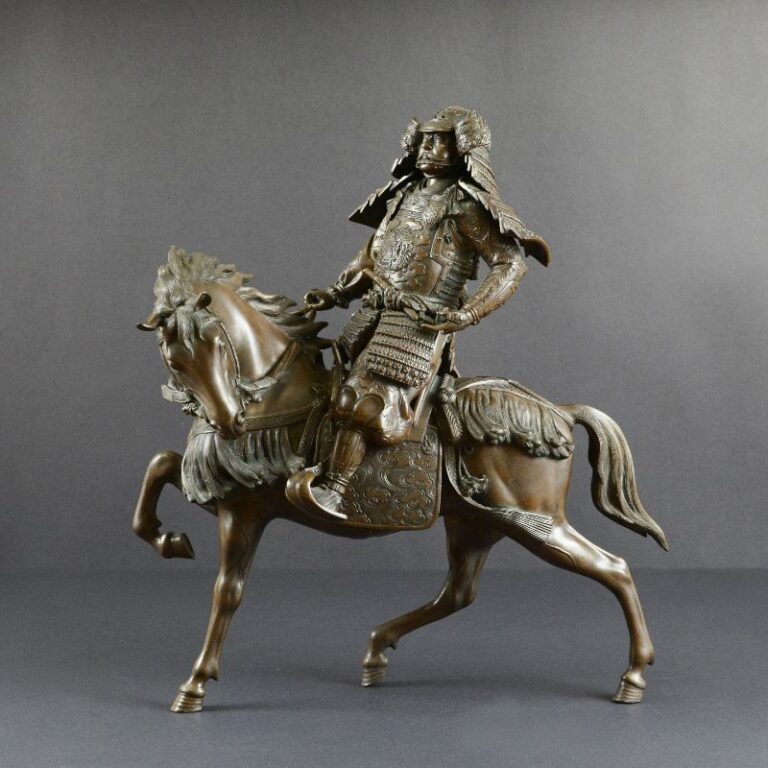
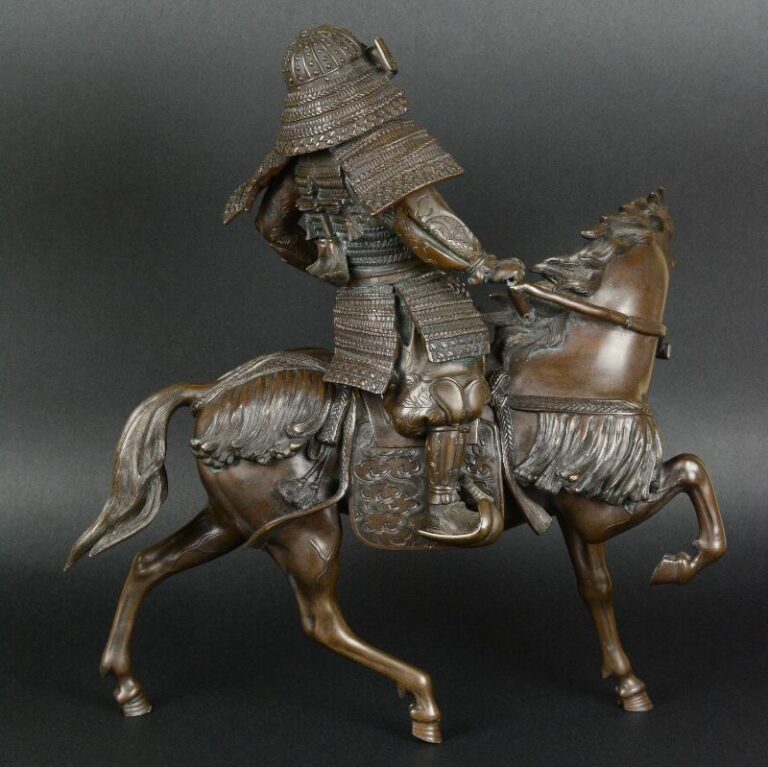

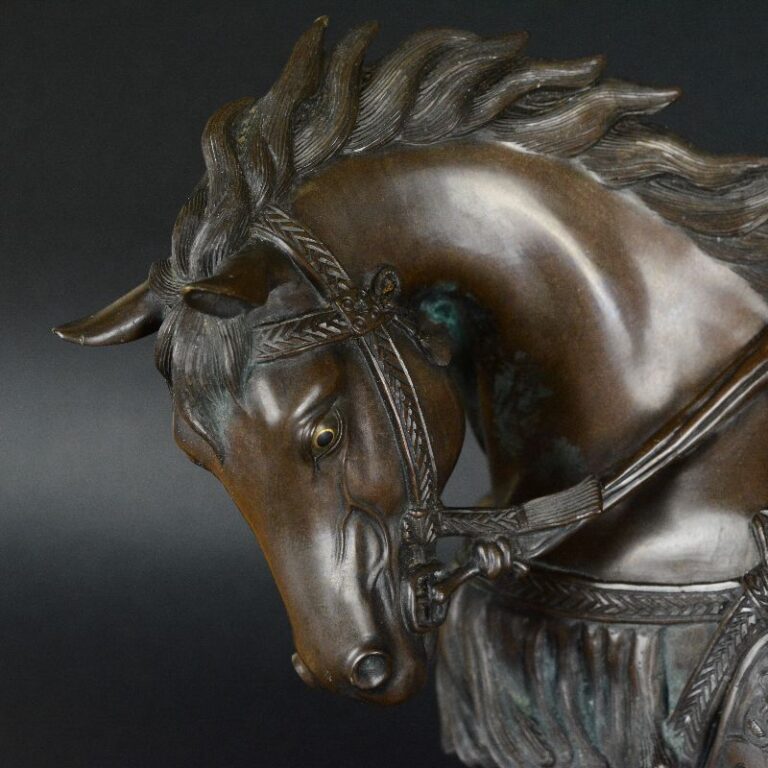
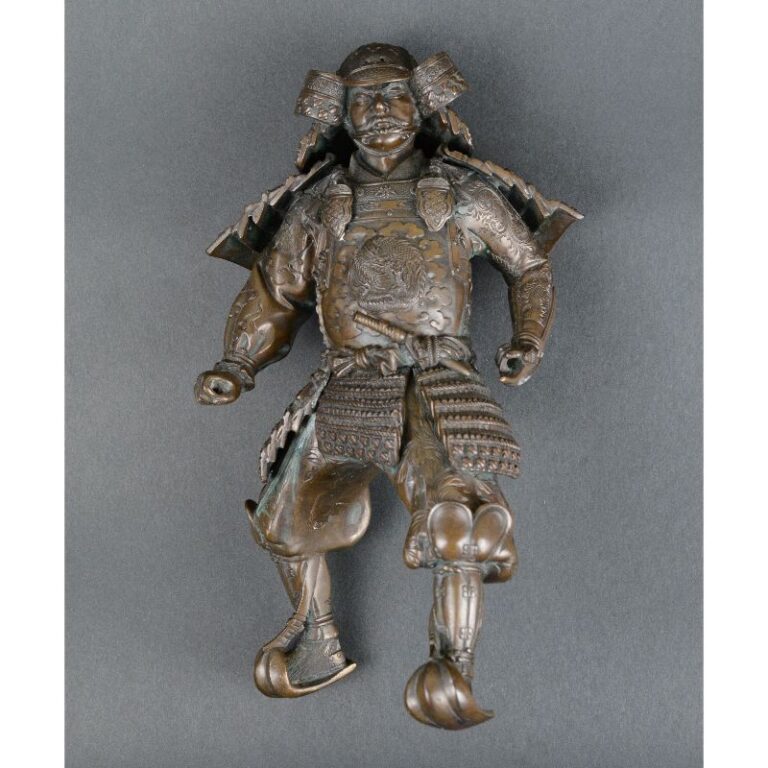
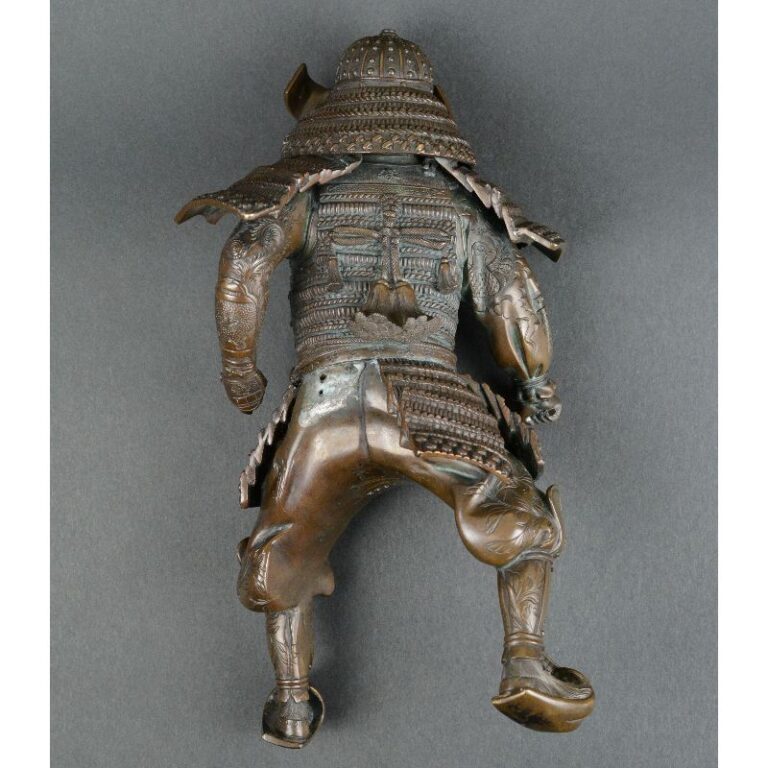

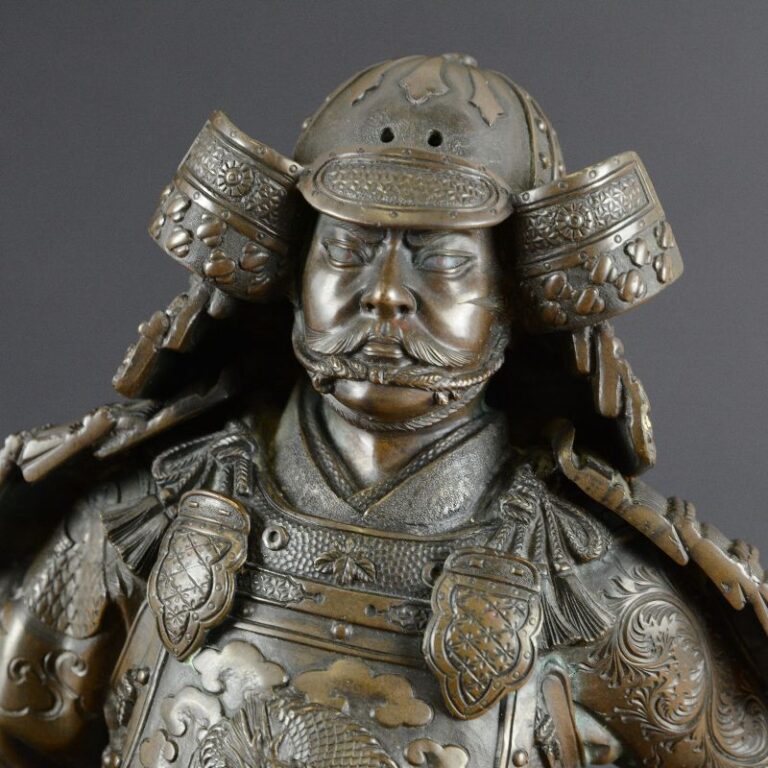




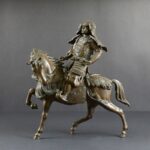



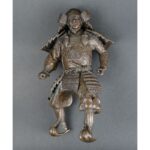
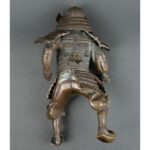










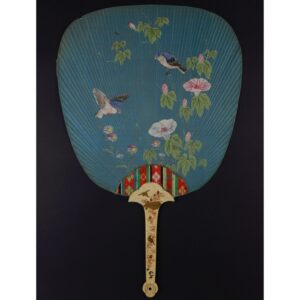

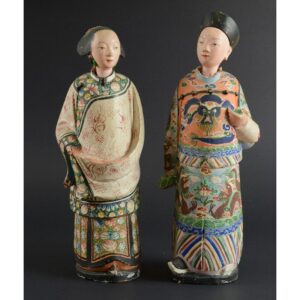

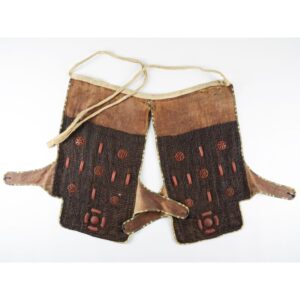






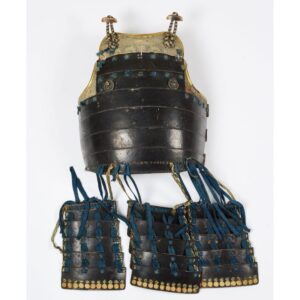











Do you have a comment or additional information about the subject?